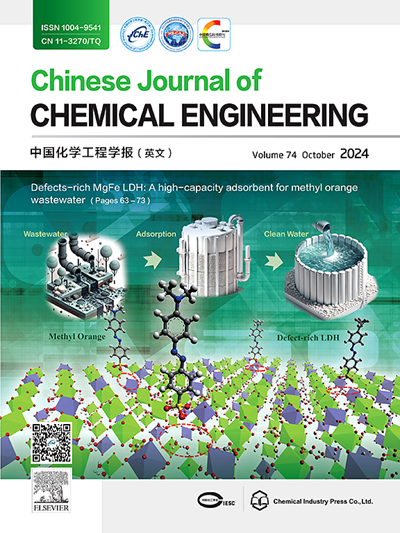多相催化的知识图谱:最近的进展和未来的机会
IF 3.7
3区 工程技术
Q2 ENGINEERING, CHEMICAL
引用次数: 0
摘要
知识图(KGs)为组织复杂信息提供了一种结构化的、机器可读的格式。在多相催化中,关于催化材料、反应条件、机制和合成路线的数据分散在不同的来源,KGs提供了一个语义框架,支持FAIR(可查找、可访问、可互操作和可重用)原则下的数据集成。本文旨在概述催化KGs的最新发展,描述图构建的主要技术,并强调人工智能,特别是大型语言模型(llm)如何增强图生成和查询。我们对文献进行了系统的分析,重点关注本体引导的文本挖掘管道、图填充方法和维护策略。我们的综述确定了关键趋势:基于本体的方法能够自动提取领域知识,llm驱动的检索增强生成支持自然语言查询,可扩展的图架构范围从几千到超过一百万个三元组。我们讨论了最先进的应用,如催化剂推荐系统和反应机制发现工具,并研究了主要挑战,包括数据异构、本体对齐和长期图形管理。我们的结论是,KGs与人工智能方法相结合,在加速催化剂发现和知识管理方面具有重要的前景,但进展取决于建立本体开发和维护的社区标准。这篇综述为寻求利用KGs推进多相催化研究的研究人员提供了一个路线图。本文章由计算机程序翻译,如有差异,请以英文原文为准。
Knowledge graphs in heterogeneous catalysis: Recent advances and future opportunities
Knowledge graphs (KGs) offer a structured, machine-readable format for organizing complex information. In heterogeneous catalysis, where data on catalytic materials, reaction conditions, mechanisms, and synthesis routes are dispersed across diverse sources, KGs provide a semantic framework that supports data integration under the FAIR (Findable, Accessible, Interoperable, and Reusable) principles. This review aims to survey recent developments in catalysis KGs, describe the main techniques for graph construction, and highlight how artificial intelligence, particularly large language models (LLMs), enhances graph generation and query. We conducted a systematic analysis of the literature, focusing on ontology-guided text mining pipelines, graph population methods, and maintenance strategies. Our review identifies key trends: ontology-based approaches enable the automated extraction of domain knowledge, LLM-driven retrieval-augmented generation supports natural-language queries, and scalable graph architectures range from a few thousand to over a million triples. We discuss state-of-the-art applications, such as catalyst recommendation systems and reaction mechanism discovery tools, and examine the major challenges, including data heterogeneity, ontology alignment, and long-term graph curation. We conclude that KGs, when combined with AI methods, hold significant promise for accelerating catalyst discovery and knowledge management, but progress depends on establishing community standards for ontology development and maintenance. This review provides a roadmap for researchers seeking to leverage KGs to advance heterogeneous catalysis research.
求助全文
通过发布文献求助,成功后即可免费获取论文全文。
去求助
来源期刊

Chinese Journal of Chemical Engineering
工程技术-工程:化工
CiteScore
6.60
自引率
5.30%
发文量
4309
审稿时长
31 days
期刊介绍:
The Chinese Journal of Chemical Engineering (Monthly, started in 1982) is the official journal of the Chemical Industry and Engineering Society of China and published by the Chemical Industry Press Co. Ltd. The aim of the journal is to develop the international exchange of scientific and technical information in the field of chemical engineering. It publishes original research papers that cover the major advancements and achievements in chemical engineering in China as well as some articles from overseas contributors.
The topics of journal include chemical engineering, chemical technology, biochemical engineering, energy and environmental engineering and other relevant fields. Papers are published on the basis of their relevance to theoretical research, practical application or potential uses in the industry as Research Papers, Communications, Reviews and Perspectives. Prominent domestic and overseas chemical experts and scholars have been invited to form an International Advisory Board and the Editorial Committee. It enjoys recognition among Chinese academia and industry as a reliable source of information of what is going on in chemical engineering research, both domestic and abroad.
 求助内容:
求助内容: 应助结果提醒方式:
应助结果提醒方式:


